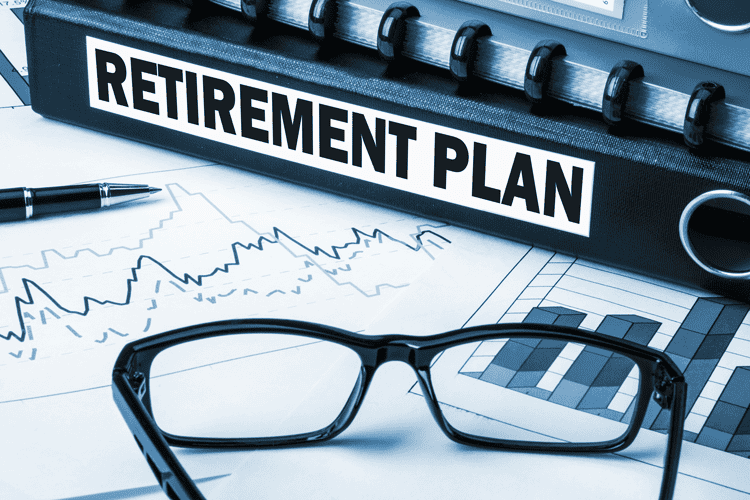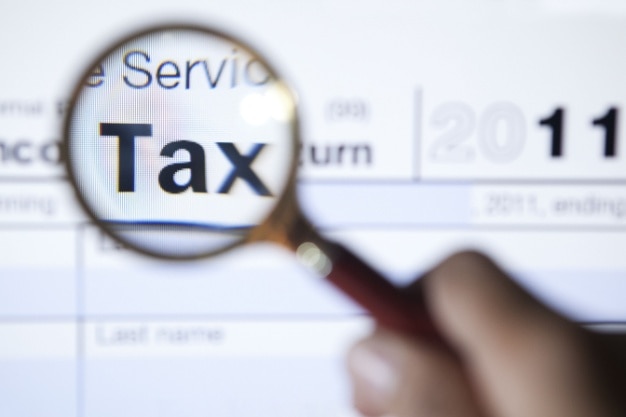The Everything Bubble
June 28, 2022

What Is the Everything Bubble?
There’s been much talk lately about the so-called “everything bubble.” But what exactly is it?
In simple terms, the everything bubble is a situation where asset prices across the board are artificially inflated due to the quantitative easing policies of central banks. This includes asset classes like stocks, bonds, real estate, and even collectibles.
The problem with bubbles is that they eventually pop, leading to sharp price declines. And when that happens in a financial system that is already highly leveraged, it can lead to a severe economic downturn.
We saw this happen during the subprime mortgage crisis of 2008 when housing prices crashed and took the stock market down. And many economists believe we are now in danger of seeing a repeat performance.
So what can be done to prevent the everything bubble from popping? Unfortunately, not much. Central banks have been warned about the dangers of their policies, but they have yet to change course. And until they do, the risk of a financial crisis remains very real.
What Are the Causes of the Everything Bubble?
It’s no secret that asset prices have been rising in recent years.
With returns on traditional investments low, investors were forced to take on more risk to achieve their desired return.
The senile economic policy further fueled this increased risk taking by a period of unusually low volatility in the markets. For years, stock prices seemed only to go up, leading many to believe that we were in a “new normal” where market downturns were a thing of the past.
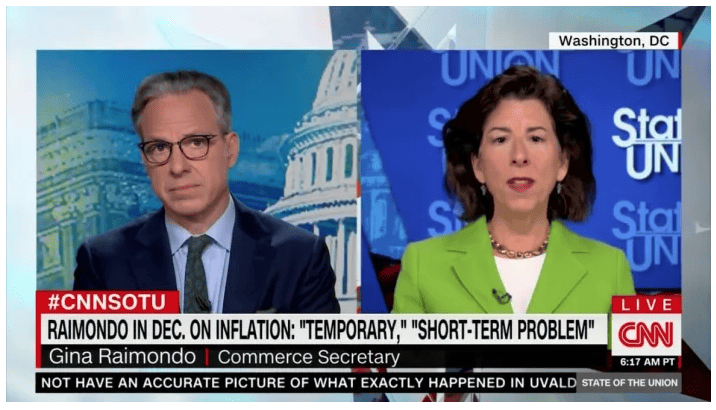
CNN anchor Jake Tapper confronted Commerce Secretary Gina Raimondo over the country’s increasing inflation, but she refused to admit that she had miscalculated its severity as Treasury Secretary Janet Yellen did.
“As recently as six months ago, you were calling inflation a ‘short-term problem, not a long-term problem,'” Tapper said. “So you got it wrong, too.”
However, as we’ve seen lately, markets can turn on a dime, and asset prices can fall just as quickly as they rose. When that happens, it can lead to widespread economic pain and hardship. So while the everything bubble may seem like it’s going to last forever, history tells us that it’s only a matter of time before it pops.
The middle class, which used to represent the economic stratum of almost everyone American adult, has steadily shrunk over the last five decades. According to a new Pew Research Center study of government statistics, the proportion of people who live in middle-income households fell from 61% in 1971 to 50% in 2021.
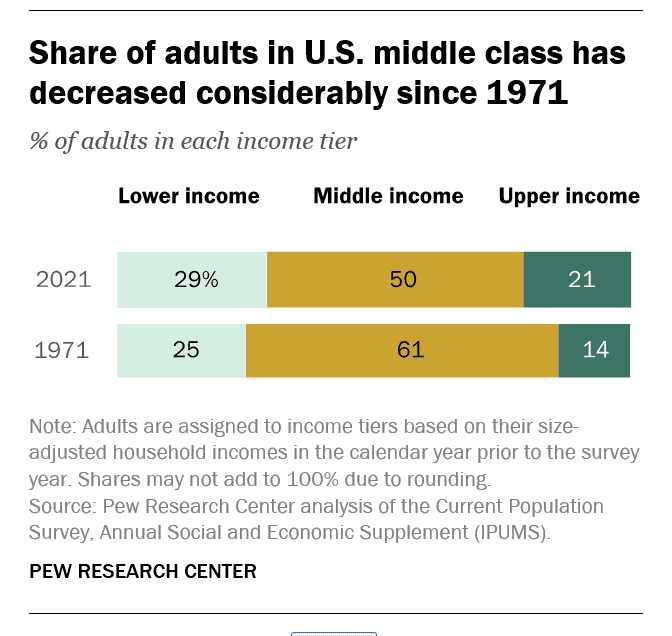
https://www.pewresearch.org/fact-tank/2022/04/20/how-the-american-middle-class-has-changed-in-the-past-five-decades/
What Are the Warning Signs of an Everything Bubble?
There are several warning signs that we may be in an everything bubble. One is that corporate profits have been at record highs for over a decade, while wages have stagnated. This means that workers are not benefiting from the economy’s growth, and the gap between rich and poor is widening.
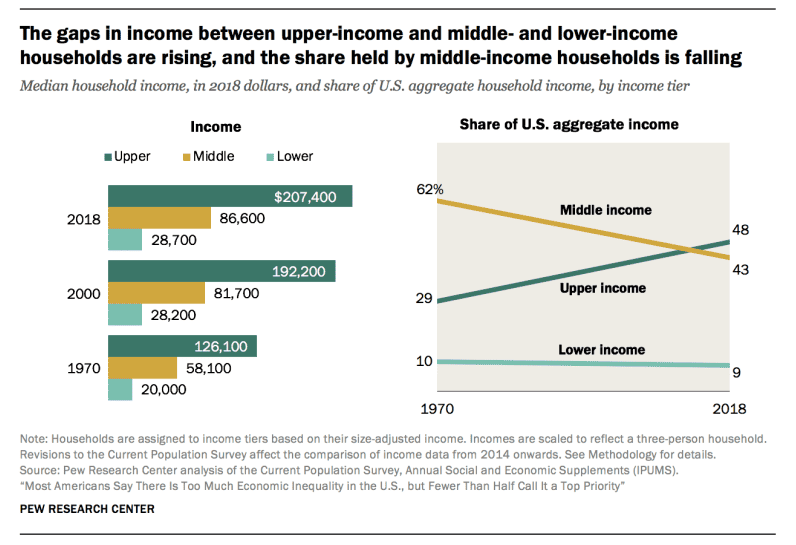
https://www.pewresearch.org/social-trends/2020/01/09/trends-in-income-and-wealth-inequality/
Another sign is that government bonds are yielding less and less, as investors are willing to accept lower returns in exchange for safety.
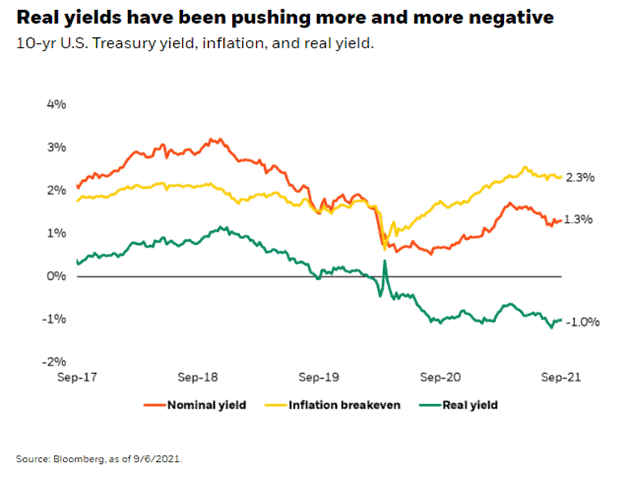
https://www.blackrock.com/us/individual/insights/negative-real-rates
When asked whether he thought the stock market crash was a good thing, Elon Musk replied that it’s actually a good thing, a “necessary rude awakening” after the COVID-19 pandemic with its lax attitude. When asked if he thinks some bankruptcies are necessary, Tesla CEO Elon Musk said they were “some.”
The above quote, like everyone from Elon Musk nowadays, received a lot of social and mainstream media attention. That’s because of the brief content. What does Musk know? Does he have inside economic information? As well as its causal wording. Of course, Musk isn’t the only one with a subjective view.
As measured by the Conference Board, consumers’ confidence has sunk to a three-month low. Confidence at the University of Michigan is at its lowest level since 2011, according to the JPMorgan Chase Institute. Furthermore, 70% of Americans believe that the country is on the wrong track.
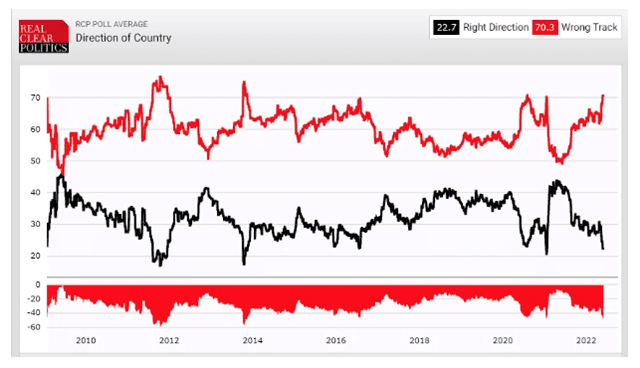
https://www.aei.org/economics/the-super-bad-feeling-of-elon-musk-kind-of-makes-sense/
These lower returns suggest that there is much fear in the markets and that investors expect economic growth to slow. Finally, the Federal Reserve has been cutting interest rates and engaging in other forms of stimulus for years, suggesting that it thinks the economy is weak. If the Fed is wrong and the economy is strong, this could lead to inflationary pressures. These factors indicate that we may be in an everything bubble and that it could pop.
What Are Asset Classes Most at Risk in an Everything Bubble?
In the past year, retail investors have been piling into riskier and riskier assets, driven by FOMO (fear of missing out), low interest rates, and easy access to capital. This has led to valuations stretching across a wide range of asset classes, from stocks to real estate to private equity.
When interest rates rise and economic growth slows, this bubble will likely burst. The most at-risk asset classes are highly leveraged and have the weakest fundamentals. This includes pricey tech stocks, overleveraged corporate debt, and real estate bubble markets.
Supply chain bottlenecks could also trigger a sharp correction in prices. We’re already seeing this happening with commodities like lumber and steel, where prices have skyrocketed due to shortages. If these trends continue, it could lead to inflationary pressures and higher interest rates, putting further downward pressure on asset prices.
Finally, negative real yields are another red flag. This is when the yield on government bonds is lower than the inflation rate, meaning investors are effectively paying to lend money to the government. This is unsustainable in the long run.
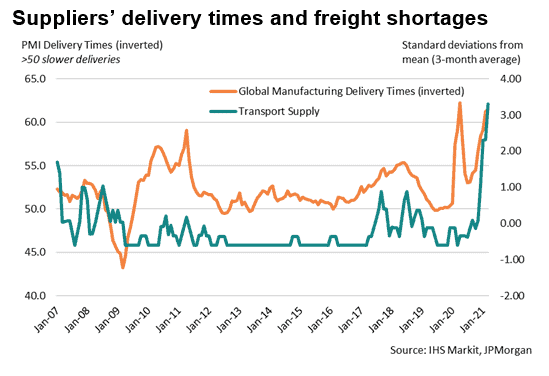
Is There a Way To Profit From an Everything Bubble?
Are we in the midst of an “everything bubble?”
Asset prices are inflated, and there’s much speculation. The question is, can you profit from it?
The answer is yes… but it’s not easy. It would be best to be very careful and strategic about your investments.
If you buy assets when they’re undervalued, you can sell them later when prices are higher. That’s how you make money in a bubble. But if you buy assets when they’re already overvalued, you could lose money.
It’s essential to keep an eye on balance sheets and fundamentals. A company with solid financials generating good profits is less likely to be affected by a market crash. And if there is a market crash, a more stable company will be in a better position such a company to rebound quickly.
Of course, it’s not always easy to find undervalued assets. And even if you do find them, there’s no guarantee that prices will go up. So it would help if you were prepared for the possibility of losses.
Whether or not you profit from an everything bubble depends on your investment strategies and how well you execute them.
How Can Private Investors Protect Themselves From the Effects of the Everything Bubble?

Gold and other precious metals have soared in value over the past year as investors have fled stocks and other traditionally safe investments, searching for refuge from the Covid-19 pandemic. However, some market analysts warn that a new “everything bubble” is forming, driven by excessive money printing from central banks and rampant speculation. While it’s impossible to predict when or how this bubble will burst, there are several steps that private investors can take to protect themselves from its effects.
First, it’s essential to diversify your portfolio across different asset classes. This will help to insulate you from losses in any one particular sector. Gold may be on a tear right now, but it’s important to remember that its price is still highly volatile. By spreading your bets across a gold and precious metals portfolio, you’ll be better positioned to weather any potential storms.
Second, don’t get caught up in the hype. Just because everyone else is buying gold doesn’t mean you have to. You’re more likely to take on too much risk if you’re chasing returns. Stick to your real asset strategy, and don’t let emotions override good judgment.
The everything bubble is a dangerous situation that could have devastating consequences for the global economy. However, there are ways to profit from it and private investors’ steps to protect themselves. By being careful and strategic with their investments, investors can weather the storm and come out ahead.
Gold and other precious metals can be a hedge against the everything bubble by providing a haven for investors during times of market turmoil. During economic uncertainty, precious metals tend to hold their value better than other assets, such as stocks or real estate.
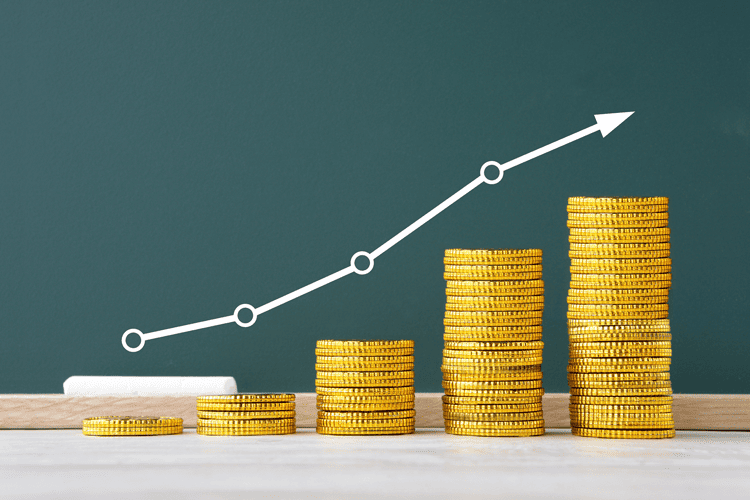
Gold is also a highly liquid asset, which can be easily bought and sold if necessary. For these reasons, gold and other precious metals can provide a measure of stability for portfolios during periods of economic turmoil as we are living through this very minute.
Precious metals investing can be a daunting task, especially if you’re new to the game. There are many options and variables to consider, from what type of metal to invest into where to buy it. But alas, with significant risk comes great reward.
Those who take the time to educate themselves on the ins and outs of precious metals investing can reap some serious rewards. So if you’re thinking about getting into this exciting (and potentially lucrative) world, here’s everything you need to know about driving your precious metals investing.
We are committed leaders in the precious metal industry and our brand thrives on trustworthiness. To begin the journey to safeguarding your retirement reach out to us at 888-503-1553 or fill out the form on the right side and get your FREE Guide for Investing in Precious Metals.










